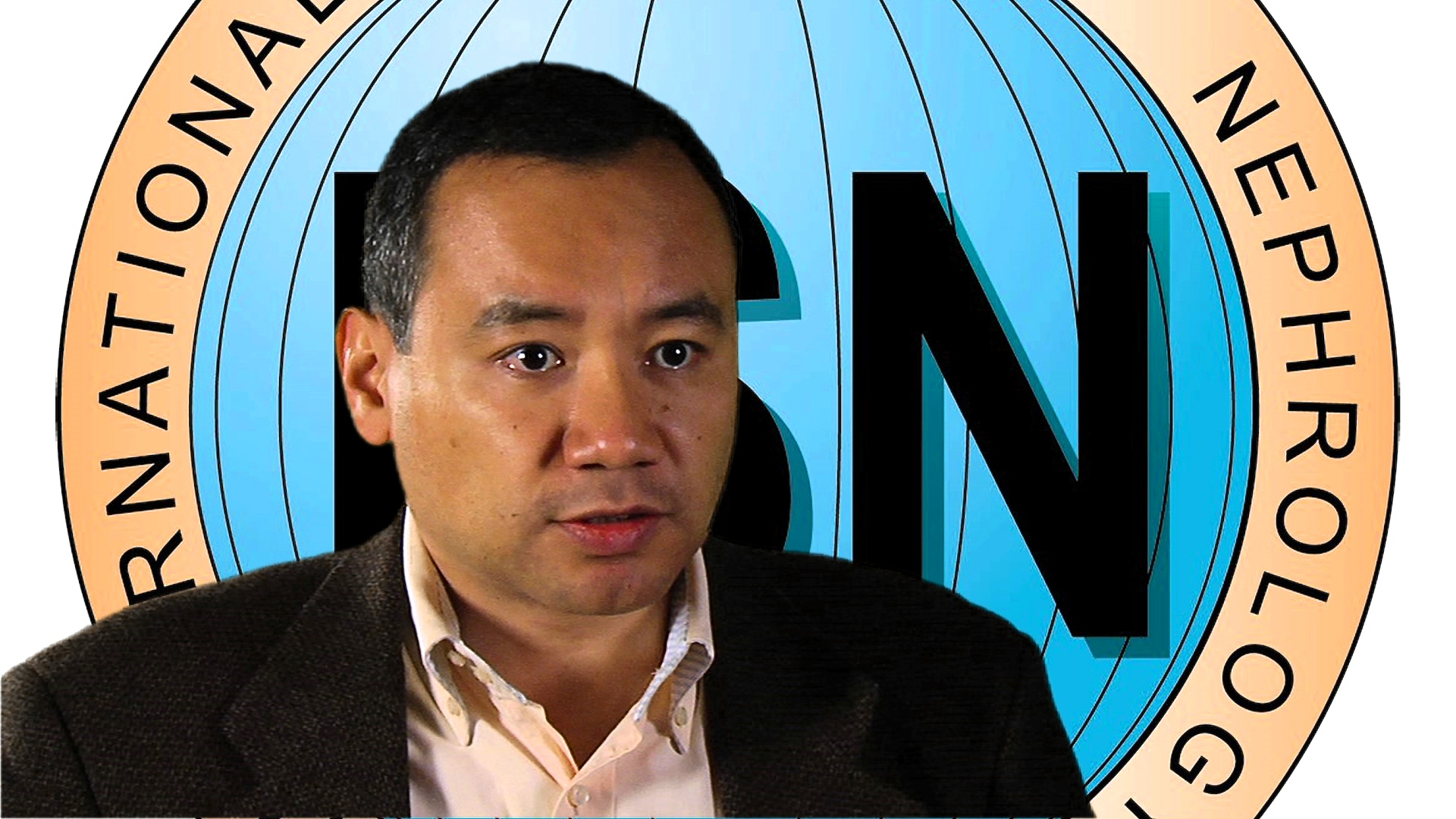
Results of a Pediatric Transplant Program in a Low Income Country: 10 Years of Guatemalan Experience
Randall Lou-Meda1, Angie Aguilar-González1, Sindy Méndez1, Edgar Reyes1, Rudolf García-Gallont1.
1Servicio de Nefrología, Hipertensión, Diálisis y Trasplante , Hospital Roosevelt/FUNDANIER, Guatemala, Guatemala
Background: Since the middle of the last decade, the incidence of ESRD has been relatively stable for many affluent countries such as USA and Western European countries. However, rates appear to be increasing for many developing countries, becoming more challenging to get access to Renal Replacement Therapy (RRT), and transplant in particular. As an example, Guatemala has a kidney transplant rate of 6.9 per million population (pmp) per year, including children and adults, compare to Spain where it is more than 34 pmp. Guatemala, situated in Central America, with 16 million populations has an incidence of ESRD in children of 4.6 per million age-related population (pmarp). FUNDANIER (Foundation for Children with Kidney Diseases) has become the only center that provides free access to comprehensive RRT to Guatemalan Children, including transplantation and immunosuppression. As the national referral center for pediatric RRT, FUNDANIER provides peritoneal dialysis (40.4% of patients), hemodialysis (26.4%), transplant, (12.4%), and conservative management (no RRT) in 17.6%. The transplant program was founded in 2007, and has performed and follow more than eighty transplants. With the goal of presenting the results of this experience, we analyzed the pediatric transplant program database.
Methods: Data from recipients and donors were described as qualitative (Sex, etiology of ESRD, RRT before transplant, type of donors, type of induction, immunosuppression protocol, reasons for discharge of the program, causes of graft loss and acute and relevant complications) and quantitative variables (number of transplant and number. of rejections) using proportions. Mean and standard deviation were used for quantitative variables such as age, follow up time and eGFR. We retrospectively described the results of all transplanted patients between 2007 and 2017.
Results: Eighty three patients were followed. 78 were transplanted at our center and five were referred for follow up. The mean age was 12.49 years (SD 3.28), 53% were male and the etiology of ESRD was unknown in 63%, followed by CAKUT in 23% of patients. Most of the donations were from living donors (88%). Infections were the most common acute complication after transplant (n=16/80, 20%). In total 25% of patients (18/73) experience at least 1 episode of rejection during 12 months post transplant. Of 47 episodes of rejection reported, 49% (23/47) were after 1 year post transplant. 8/37 (22%) patients discharged from the program were moved to other type of RRT due to graft loss. The patient and graft survival at 1 year was 90% and 88%. When divided by type of donation, the 1 year graft survival for living and deceased donor was 90% and 70%.
Conclusion: Our graft survival is comparable from pediatric kidney transplant program in low-middle income countries. Increasing the number of deceased donor is mandatory in order to improve the transplant rate in a country with a high rate of ESRD with unknown etiology.
